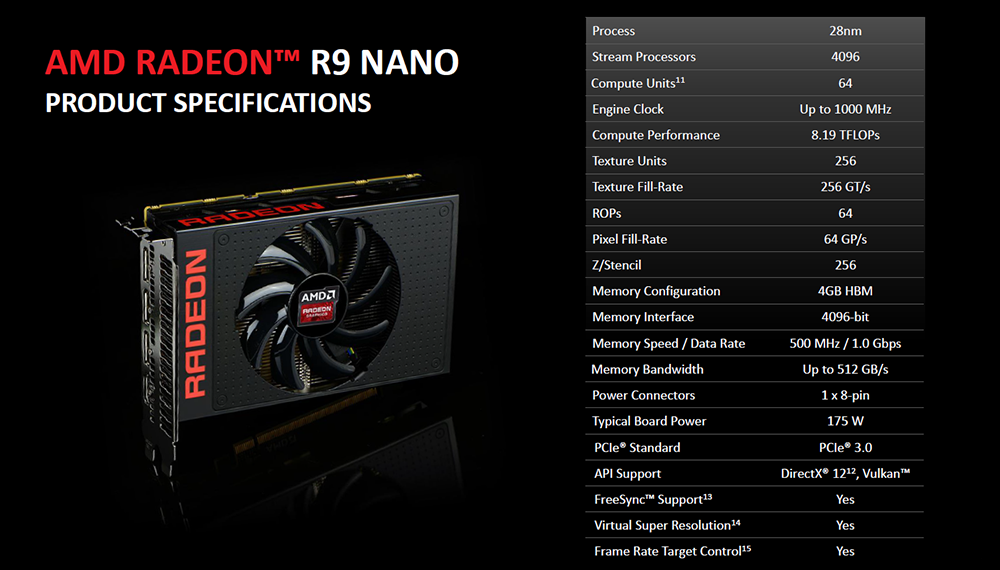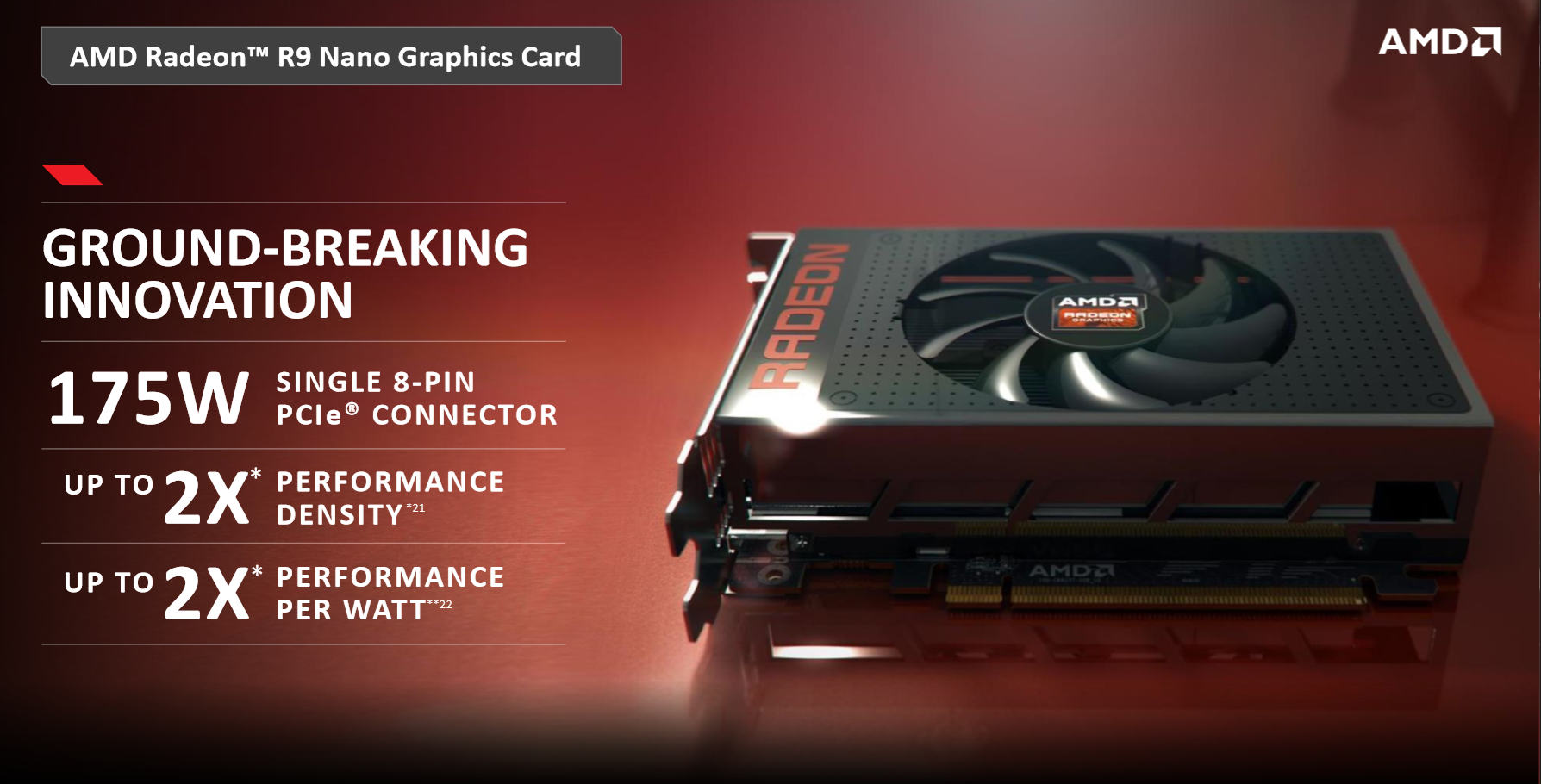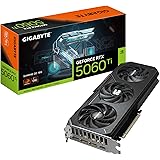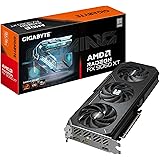The AMD Radeon R9 Nano, released in 2015, was a unique graphics card known for its compact size and high memory bandwidth. While not designed specifically for mining, its capabilities were quickly explored by cryptocurrency enthusiasts. This essay will analyse the R9 Nano’s performance in cryptocurrency mining, its advantages and disadvantages, and its relevance in today’s mining landscape.

Mining Performance
In addition to its impressive gaming capabilities, the AMD R9 Nano has also garnered attention for its mining performance across various cryptocurrencies. Let’s explore the hashrates achieved by the R9 Nano in some of the most popular mining algorithms:
DaggerHashimoto (Ethereum and Ethereum Classic)
The R9 Nano delivers a respectable mining hashrate of 26.26 MH/s for the DaggerHashimoto algorithm, which is used by Ethereum (ETH) and Ethereum Classic (ETC). This makes the R9 Nano a viable option for Ethereum mining, particularly in systems with limited space or power constraints.
Decred (DCR)
The R9 Nano achieves a hashrate of 1.54 GH/s when mining Decred (DCR), a cryptocurrency that uses the Blake-256 hashing algorithm. This performance makes the R9 Nano a competitive choice for Decred mining.
Cryptonight (Monero and Dashcoin)
For the Cryptonight algorithm, which is used by Monero (XMR) and Dashcoin (XDN), the R9 Nano delivers a hashrate of 0.8 kH/s. While not the highest among AMD’s GPU lineup, this performance still makes the R9 Nano a viable option for Cryptonight-based mining.
LBRY (LBC)
The R9 Nano achieves a hashrate of 0.09 GH/s when mining the LBRY (LBC) cryptocurrency, which uses the Sia-Blake2b algorithm. This performance is respectable, though not the highest among AMD’s GPU offerings.
Equihash (Zcash, Horizen, Bitcoin Gold, Komodo, Hush)
The R9 Nano excels in Equihash-based mining, delivering a hashrate of 450 Sol/s. This makes it a strong contender for mining cryptocurrencies that use the Equihash algorithm, such as Zcash (ZEC), Horizen (ZEN), Bitcoin Gold (BTG), Komodo (KMD), and Hush (HUSH).
Pascal (PASC and PASL)
For the Pascal algorithm, which is used by PASC and PASL, the R9 Nano achieves a hashrate of 0.92 GH/s. This performance is respectable, though not the highest among AMD’s GPU lineup.
X11GOST (Sibcoin)
The R9 Nano delivers a hashrate of 5.5 GH/s when mining Sibcoin (SIB), which uses the X11GOST algorithm. This performance makes the R9 Nano a viable option for X11GOST-based mining.
Initial Reception Expectations for Mining Performance
When the R9 Nano was launched, the cryptocurrency market was beginning to gain traction, with Ethereum emerging as a prominent player. The R9 Nano, equipped with High Bandwidth Memory (HBM) and a powerful GPU core, presented an interesting option for miners. Early tests revealed that the card could achieve respectable hashrates for algorithms like Ethash, used by Ethereum, and Equihash, used by Zcash. Its high memory bandwidth was particularly beneficial for memory intensive algorithms, allowing it to compete with other cards in the market.
Miners explored various techniques to optimize the R9 Nano’s performance, including undervolting and underclocking. These methods aimed to reduce power consumption while maintaining a stable hashrate. Some even experimented with BIOS modifications to further enhance the card’s efficiency. These efforts showcased the community’s dedication to maximizing the R9 Nano’s potential in the mining space.
Limitations and Decline in Ethereum Mining
As Ethereum’s DAG (Directed Acyclic Graph) size increased, the R9 Nano’s 4GB of memory became a limiting factor. The DAG, which is a large dataset required for mining Ethereum, grew beyond the card’s memory capacity, rendering it less effective for mining the cryptocurrency. This limitation forced miners to explore other cryptocurrencies with smaller DAG sizes or alternative mining algorithms.
The R9 Nano found some success in mining other coins based on algorithms like Equihash and Lyra2. However, its overall return on investment (ROI) was less favorable compared to more efficient GPUs specifically designed for mining. As a result, the R9 Nano did not become a popular choice for large scale mining operations. Instead, it found its niche among enthusiasts and those seeking to experiment with different mining setups.
Advantages of the R9 Nano in Mining
Despite its limitations, the R9 Nano offered several advantages for cryptocurrency mining. Its high memory bandwidth, thanks to its HBM technology, was a significant asset for memory intensive algorithms. This allowed the card to perform well in certain mining scenarios, particularly when dealing with cryptocurrencies that heavily relied on memory bandwidth.
The R9 Nano’s compact size was another notable advantage. Its small form factor made it suitable for use in compact mining rigs or customized setups where space was limited. This made it an attractive option for miners looking to build small, efficient mining systems.
Disadvantages of the R9 Nano in Mining
The R9 Nano also had several disadvantages that hindered its widespread adoption in the mining community. Its 4GB of memory became a major limitation as Ethereum’s DAG size grew, rendering it less effective for mining the cryptocurrency. This was a significant drawback, as Ethereum was one of the most popular and profitable cryptocurrencies to mine.
The R9 Nano’s power consumption was also a concern. While miners attempted to mitigate this through undervolting and underclocking, the card’s power draw was still relatively high compared to more efficient GPUs designed specifically for mining. This increased operating costs and reduced the overall profitability of mining with the R9 Nano.
The R9 Nano in Today’s Mining Landscape
In 2025, the AMD Radeon R9 Nano is no longer a practical or efficient choice for mining major cryptocurrencies like Ethereum. The increasing resource demands of these cryptocurrencies, particularly in terms of memory, have made the R9 Nano obsolete for these applications. While it may still be possible to mine some alternative coins with the card, the profitability is likely to be low.
Modern GPUs designed specifically for mining offer significantly better performance and efficiency compared to the R9 Nano. These cards are equipped with larger memory capacities, optimized power consumption, and specialized mining algorithms, making them a far more attractive option for miners looking to maximize their profits.
Influential Figures and Community Contributions
While it is difficult to pinpoint specific influential individuals who solely championed the R9 Nano in mining, the online mining community played a significant role in exploring and optimizing the card’s performance. Forums, online communities, and social media groups dedicated to cryptocurrency mining were instrumental in sharing information, techniques, and best practices for using the R9 Nano in mining setups.
These communities fostered a collaborative environment where miners could exchange ideas, troubleshoot issues, and develop innovative solutions for maximizing the R9 Nano’s potential. Their collective efforts contributed to a deeper understanding of the card’s capabilities and limitations in the mining space.
Power Consumption and Efficiency
One of the key advantages of the AMD R9 Nano is its power efficiency. The GPU has a rated power consumption of 175 watts per hour, which is significantly lower than many of its high-performance counterparts. This makes the R9 Nano an attractive option for mining, as it can deliver impressive performance while maintaining a relatively low power draw.
The AMD R9 Nano is a versatile and powerful graphics card that offers exceptional performance in both gaming and cryptocurrency mining. Its compact form factor, advanced Fiji GPU architecture, and efficient power consumption make it a compelling choice for enthusiasts and system builders alike. Whether you’re looking to game at high resolutions or maximize your mining profits, the R9 Nano is a GPU that deserves serious consideration.
The R9 Nano’s Legacy
The AMD Radeon R9 Nano holds a unique place in the history of cryptocurrency mining. While it was not specifically designed for mining, its capabilities were explored and optimized by the mining community. Its high memory bandwidth and compact size made it an intriguing option for certain mining scenarios.
However, the R9 Nano’s limitations, such as its 4GB of memory and relatively high-power consumption, ultimately hindered its widespread adoption in the mining community. As cryptocurrency mining evolved, more efficient and purpose-built GPUs emerged, rendering the R9 Nano obsolete for mining major cryptocurrencies like Ethereum.
Despite its decline in mining viability, the R9 Nano remains a fascinating example of how existing hardware can be repurposed and adapted for emerging technologies. Its story highlights the ingenuity and resourcefulness of the cryptocurrency mining community, who constantly seek to optimize and maximize the performance of available hardware.
The AMD Radeon R9 Nano’s journey in the world of cryptocurrency mining is a testament to the ever-evolving nature of the industry. While the card initially showed promise, its limitations ultimately outweighed its advantages. In today’s mining landscape, the R9 Nano is no longer a practical or efficient choice for mining major cryptocurrencies. However, its story serves as a reminder of the innovative spirit of the mining community and their constant pursuit of maximizing the potential of available hardware.
Summary of the AMD R9 Nano Specifications :
- Chipset version : Fiji
- Memory Bus : 4096 bit
- Memory Clock : 500 mhz
- GPU Clock : 1000MHz
- Stream Processors : 4096
- Memory Size : 4GB
- Memory Type : HBM
- Bus Type : PCI-E 3.0

summary of the AMD R9 Nano Mining Hashrate :
- DaggerHashimoto [ EtHash : (ETH) & (ETC) ] Mining Hashrate : 26.26 MH/s
- Decred (DCR) Mining Hashrate : 1.54 GH/s
- Cryptonight [ (XMR) & (XDN) ] Mining Hashrate : 0.8 kH/s
- Lbry ( LBC ) Mining Hashrate : 0.09 GH/s
- Equihash [ (ZEC – ZEN – ZCL) & (BTG) & (KMD) & (HUSH) ] Mining Hashrate : 450 Sol/s
- Pascal [ (PASC) & (PASL) ] Mining Hashrate : 0.92 GH/s
- X11GOST [ Sibcoin (SIB) ] Mining Hashrate : 5.5 GH/s
Power Consumption : 175 Watt/Per Hour.





